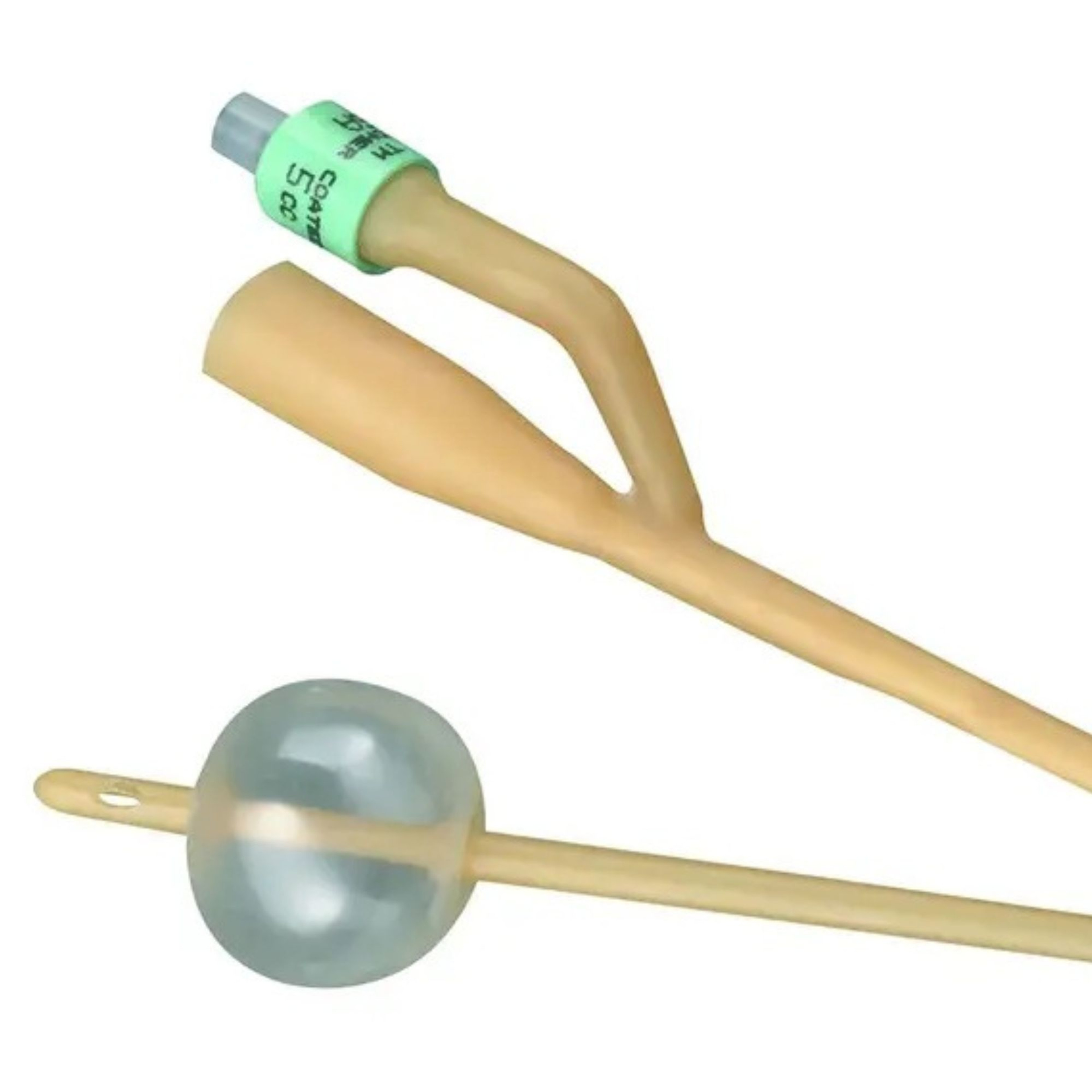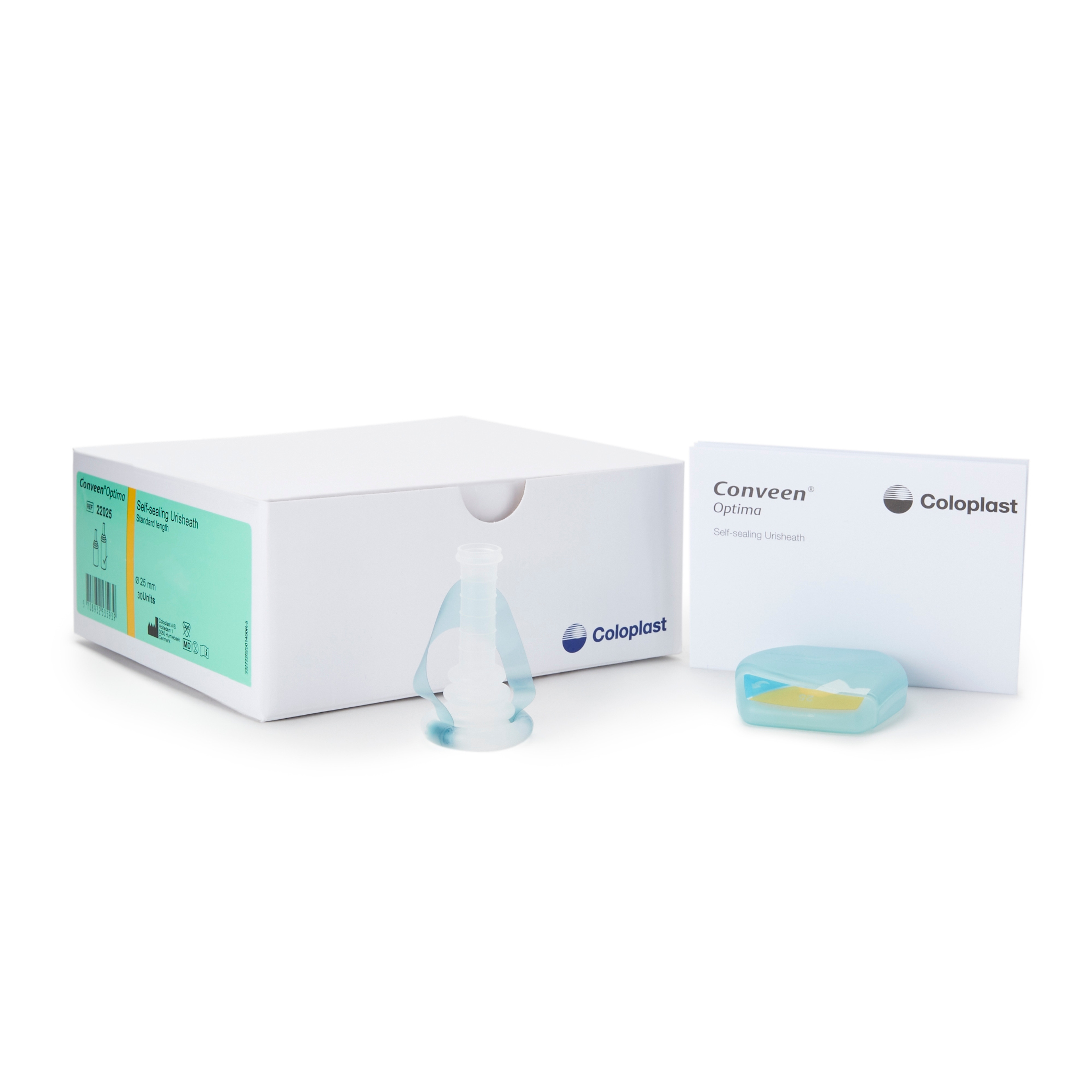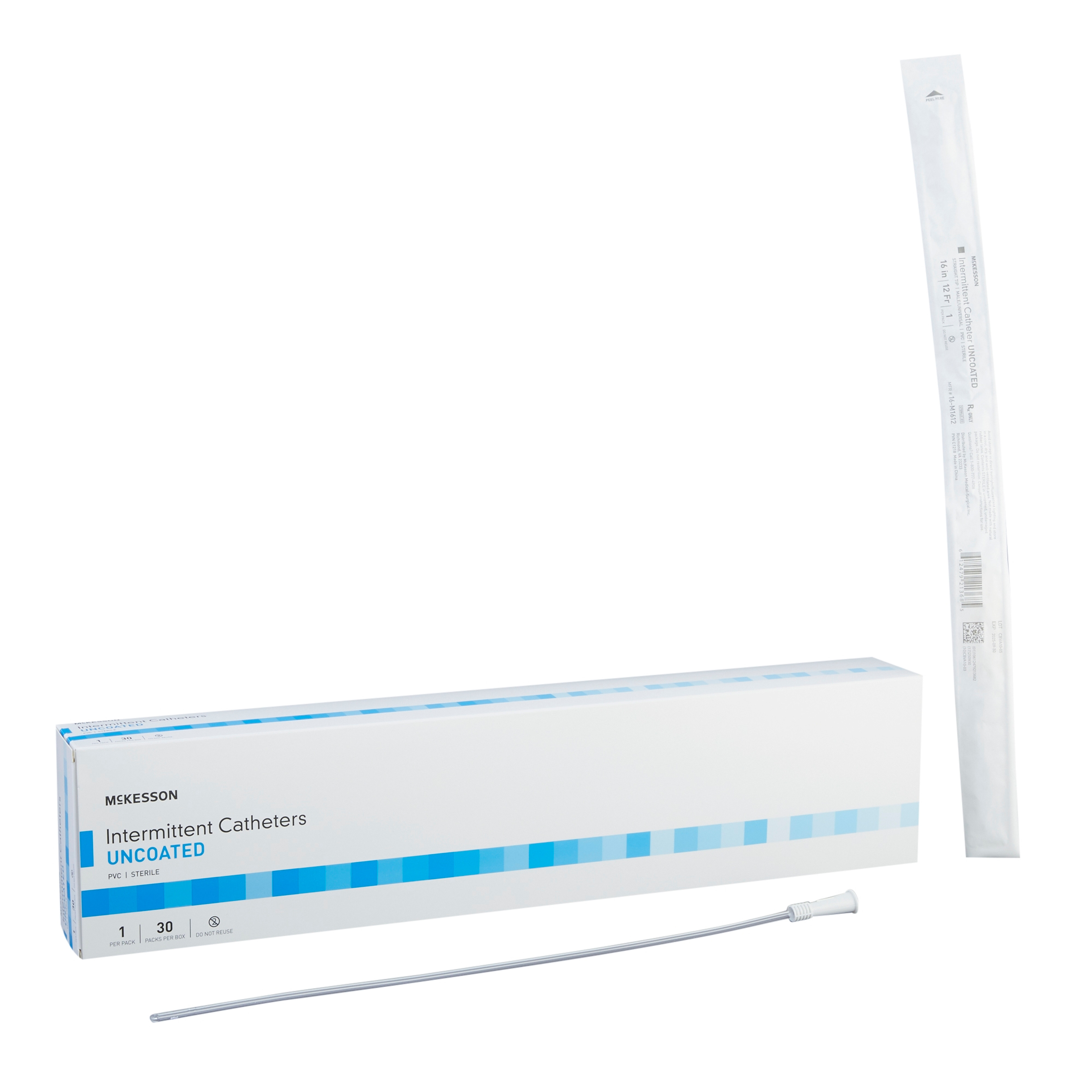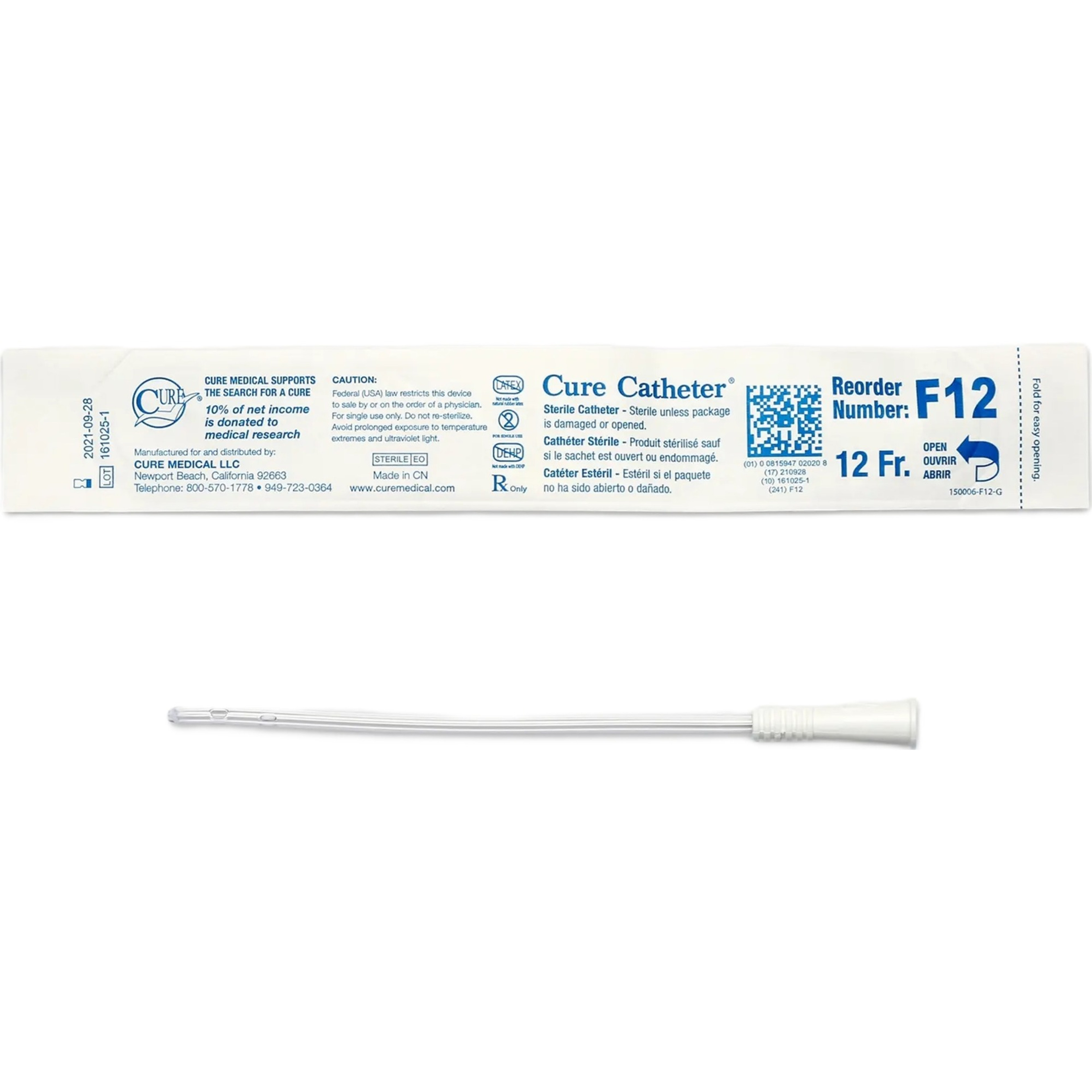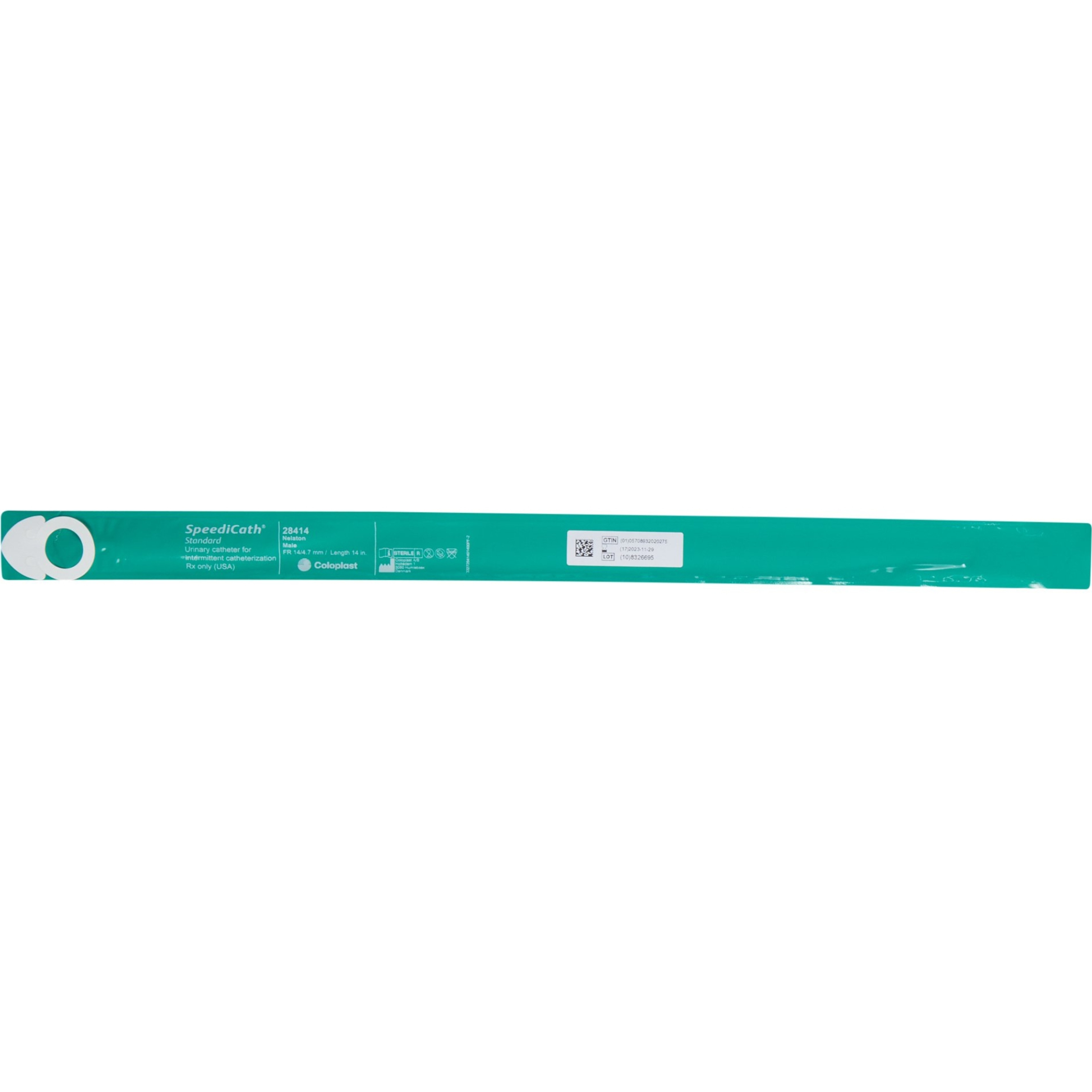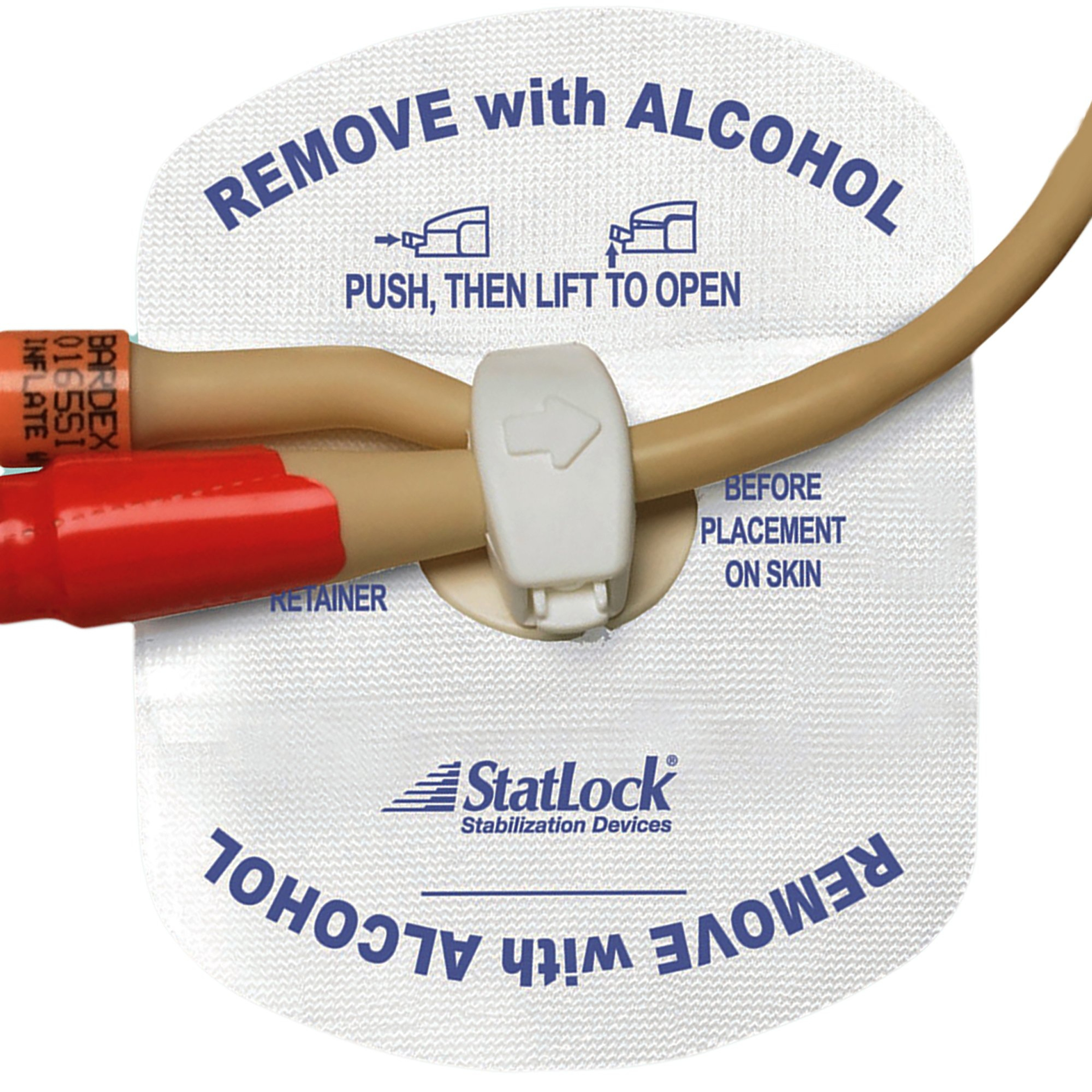Urinary incontinence affects a significant number of adults, impacting their quality of life and increasing the risk of issues like rashes and urinary tract infections (UTIs). If you or a loved one experiences involuntary urine leaks, catheters offer a simple and effective solution.
Choosing the right catheter, however, can be overwhelming given the variety available. Understanding the different types, their uses, and benefits can help you make an informed decision.
What is a catheter?
A catheter is a thin, flexible tube, usually made of rubber, plastic, or silicone. Its primary function is to drain urine from the bladder when an individual is unable to urinate on their own. Without this drainage, urine can accumulate, putting pressure on the kidneys and potentially leading to serious, even life-threatening, conditions like kidney failure.
Why use a catheter?
Catheters are beneficial for individuals dealing with various health conditions that impact urinary function. These include:
Urinary incontinence: The inability to control urination.
Overactive bladder: Frequent and sudden urges to urinate.
Urinary retention: Difficulty or inability to completely empty the bladder.
An enlarged prostate (benign prostatic hyperplasia): A common condition in men that can obstruct urine flow.
Dementia: Cognitive impairment that can affect bladder control.
Spinal cord injuries: Damage to the spinal cord can disrupt nerve signals to the bladder.
Nerve damage: Conditions affecting nerves can impair bladder function.
Spina bifida: A birth defect that can affect the spinal cord and bladder control.
Additionally, catheters may be prescribed for people taking medications, such as muscle relaxants, that can interfere with bladder muscle function.
What are the different types of catheters?
Catheters generally fall into four main categories: external, intermittent, indwelling, and suprapubic.
External catheters: Originally designed for men, these resemble a condom and fit over the penis to collect urine into a drainage bag. In recent years, external catheters for women have also become available.
Intermittent catheters: These are removable catheters designed for self-catheterization. They are often pre-lubricated for comfort and allow users to empty their bladder directly into a toilet, eliminating the need for a continuous collection bag and promoting a more active lifestyle.
Indwelling (Foley) catheters: Designed for overnight or continuous use, these catheters are inserted through the urethra. They feature a small inflatable balloon at the end to prevent them from slipping out. Urine drains into a collection bag, typically hung by the bed.
Suprapubic catheters: Intended for long-term use, suprapubic catheters are inserted into the bladder through a small incision in the abdomen during a minimally invasive surgical procedure. Once placed, they can drain the bladder for up to a month and are often ideal for individuals who are immobile or wheelchair-bound.
What factors should you consider when choosing a catheter?
To ensure a catheter meets your or your loved one's specific needs, consider these key factors: length, size, tip design, and lubrication.
Length: Catheter length varies by user. Male catheters are typically 16 inches or longer, while female catheters usually range between six and eight inches.
Size: Catheter size is measured using the French gauge (Fr), where one increment equals ⅓ millimeters. A higher Fr number indicates a larger catheter diameter. Finding the right fit might involve some trial and error, and your doctor can offer recommendations. Most men typically wear a size 14-16 Fr, while most women use a size 10-12 Fr.
Tip design: Catheter tips come in two primary styles:
Straight catheters: The most common type, designed for comfortable insertion into the urethra.
Coudé catheters: Feature a slightly curved tip, which helps navigate past obstructions such as scarring or an enlarged prostate.
Lubrication: Inserting a dry catheter can be uncomfortable and increase the risk of cuts, friction, and catheter-associated UTIs. Proper lubrication is crucial. You can either self-lubricate catheters with over-the-counter products like K-Y™ or Surgilube®, or opt for pre-lubricated catheters:
How do you keep a catheter clean?
Regular cleaning is essential to prevent urinary tract infections. Cleaning instructions vary depending on the type of catheter:
How to clean an intermittent catheter
Most intermittent catheters are single-use and should be disposed of after urinating. If you have a reusable intermittent catheter, you must clean it after each use.
You will need:
Instructions: After urinating, remove the catheter and wash your hands thoroughly with soap and warm water. Fill a sink or washtub with soap and warm water. Rinse the catheter inside and out, ensuring you see soap bubbles within the tube. Rinse off all soap and dry the catheter with a clean towel. You can also air-dry it if time permits. Once dry, store it in a portable case for easy transport.
How to clean an indwelling, external, or suprapubic catheter
If you use an indwelling, external, or suprapubic catheter, clean it twice daily: once in the morning and once at night.
You will need:
Clean washcloth
Mild antibacterial soap
Sink or washtub
Warm water
Clean towel
Instructions: First, wash your hands with soap and water. Wet the washcloth and lather it with soap. Gently run the soapy washcloth along the catheter tube, starting from where it enters your body and moving towards the drainage bag connection. Afterward, carefully wipe down the skin around your genitals and gently pat them dry. When you're finished, place the towel and washcloth in the laundry and wash your hands again with soap and warm water.
What are some of the best catheters?
At Carewell, we offer a variety of high-quality catheters. Here are a few popular options with their key benefits and real customer feedback:
Bardia Foley catheter, 5 cc balloon
This Bardia Foley catheter is made of silicone-coated latex. It’s a two-way catheter with two channels. One channel drains urine, while the other channel fills the retention balloon to hold the catheter in place. This catheter comes in one size: 16 Fr.
Key Benefits & Features
Designed for extended care use
Sterile
Straight tip
Packaged in a peel pouch for easy access
Secured with a 30 cc balloon
Pros
Cons
Customer Review of Bardia Foley catheter, 5 cc balloon: “These are comfortable and just what I need for personal reasons. They work out greatly for nighttime because I don't have to get up to use the toilet. Thank you for selling them.” - Aiden A.
Coloplast Conveen Optima Male External Catheter
This Coloplast Conveen self-sealing male external catheter features an anti-kink bulb to prevent urine backflow and a push ring that securely attaches to a drainage bag. It’s made of PSX silicone and has a diameter of 25 mm.
Key Benefits & Features
This catheter has a transparent design for easy monitoring of the skin.
The catheter stays in place with an integrated skin-friendly adhesive.
The catheter’s packaging Includes a pull tab for easy application
Pros
This catheter is latex-free, so it's safe for those with allergies and skin sensitivity.
The male incontinence sheath prevents the catheter from popping off, reducing the risk of leakage.
The “smart pack” packaging is discreet. Slide the catheter into your pocket and use it at your convenience.
Cons
This catheter is designed specifically for the male anatomy.
Some users report that the plastic sheath is flimsy and doesn’t hold up well.
Some users say the catheter tends to slip out. Selecting the right size can help prevent this problem.
Customer Review of Coloplast Conveen Optima Male External Catheter: “These [catheters] were really easy to put on my husband. They did not leak or roll up on him, [and] they stayed securely in place.” - Monica T.
Bard UltraFlex Self Adhering Male External Catheter
This Bard male external catheter is made of 100% silicone and is self-adhering. The unique design provides a more secure placement than non-silicone sheaths, reducing the risk of leaks and other common problems. This catheter lets the skin breathe and doesn’t retain urine odor. It’s discreet, comfortable, and easy to clean.
Key Benefits & Features
The adhesive is integrated into the silicone sheath, providing a secure, comfortable fit for the wearer.
The silicone design is allergen-free, so it’s safe for people with skin sensitivities.
This catheter stays in place better than non-silicone catheters.
Pros
This catheter is comfortable, discreet, and doesn’t collect odors.
The external catheter can be used with a tube and collection bag.
A great option for people who are bedbound, immobile, or unable to use the toilet alone.
Cons
This catheter is designed specifically for the male anatomy.
Only two sizes are available: 29 mm and 32 mm.
Some users report that the adhesive isn’t sticky and wears off quickly.
Customer Review of Bard UltraFlex Self Adhering Male External Catheter: “This product has allowed both my husband and I to sleep all night without having to help him get to the restroom.” - Lori M.
McKesson Male Intermittent Catheters, Straight Tip
This McKesson male intermittent catheter is a good option if you’re relatively mobile and
self-catheterize. It has polished eyes to minimize urethral trauma and reduce bacteria exposure. The catheter features a flexible funnel end with a ridge design that’s easy to grip and handle. It doesn’t contain rubber latex or plastics like BPA, so it’s safe for those with allergies and skin sensitivity.
Key Benefits & Features
Each catheter is individually packaged for single, sterile use.
Each catheter has a color-coded funnel and packaging for easy identification of French size.
The staggered eyes encourage maximum urine flow, reducing the risk of urinary tract infections (UTIs).
Pros
This catheter is made of clear, polyvinyl chloride (PVC).
The straight design makes this catheter a good option for men with chronic bladder problems.
Does not contain DEHP, DINP, BPA, or natural rubber latex.
This catheter comes in several sizes: 10, 12, 14, 16, and 18 Fr.
Cons
Designed specifically for the male anatomy.
Unsuitable for women.
This catheter only has a straight tip, so it isn’t right for everyone.
Customer Review of McKesson Male Intermittent Catheters, Straight Tip: “[These are] perfect. [My husband] uses them to prevent waking up in the middle of the night to urinate.” - Lisa B.
Cure Catheter, Urethral Catheter Female
This latex-free female catheter is six inches long and made of uncoated PVC plastic. It has polished eyelets and a straight tip, allowing for hassle-free insertion and removal.
Key Benefits & Features
Pros
Each catheter is disposable, so you don’t have to worry about infection.
The smooth, polished eyelets make inserting the catheter comfortable and pain-free.
This catheter is latex-free so it’s safe for women with allergies and sensitive skin
Cons
This catheter is designed specifically for the female anatomy.
This catheter only comes in two sizes: 12 and 14 Fr.
This catheter has a straight tip, so it isn’t right for everyone.
Customer Review of Cure Catheter, Urethral Catheter Female: “Good quality, easy shopping and delivery with speed. Packaged nicely, very sterile. So happy I found these catheters and this company.” - Nancy
The SpeediCath has a unisex design, suitable for men and women alike. It’s pre-lubricated and packaged for immediate use. Each SpeediCath is made of polyurethane and free of potentially harmful chemicals like DEHP.
Key Benefits & Features
14 inches long
Pre-lubricated, so there’s no soaking or pre-preparation required
Sterile
Each catheter is packaged individually with a pull ring, making opening and applying the catheter easy.
Pros
The unisex design is suitable for men and women.
The hydrophilic coating makes inserting the catheter comfortable and friction-free.
Two sizes are available: 14 and 16 Fr.
Cons
StatLock Foley Stabilization Device for Silicon Catheters
This StatLock catheter stabilization device secures a catheter’s drainage tube to the body, ensuring patient comfort and reducing the risk of leakage. It can be used with silicone Foley catheters 8 to 26 Fr.
The stabilization device has a tricot anchor pad and a patented swivel retainer for enhanced patient comfort and convenience. The anchor is lightweight and portable and features a foam anchor that’s easy on the skin.
Key Benefits & Features
The StatLock stabilization device fits most adults.
The device can be used with silicone Foley catheters 8 to 26 Fr.
The device keeps the catheter close to the wearer’s body, allowing them to move comfortably.
Pros
Easy to use and reduces the risk of leaks.
Caregivers report that the device is easy to apply and remove.
Users report this device prevents the catheter from moving reducing skin and urethral irritation.
Cons
Some caregivers report that the adhesive wears down quickly. You may need a backup adhesive to hold the catheter drainage tube in place.
Some users report that the anchor is low quality, so you may need another product to help secure the catheter’s drainage tube to the body.
Customer Review of StatLock Foley Stabilization Device: “Great product for Foley stabilization! The product is easily attached and the catheter is securely in place. Removal is easy, and any residual adhesive easily comes off with rubbing alcohol.” - Donna C.
Get fast, free shipping & 30% off with Autoship
The cost of catheters can quickly add up. Especially if you use them regularly. To help save you, all orders $49+ receive free shipping.
We also encourage you to sign up for our Autoship program. New Autoship enrollees receive a discount off their first order and an additional 5% off future orders of qualifying products.
Catheter Questions? Our Care Team can help!
It’s normal to have questions about catheters if you’ve never used one before. Our friendly Care Team is available and speaks English and Spanish. We can make catheter recommendations, answer your questions, and help you find other incontinence products to meet your or your loved one’s needs. Call (800) 696-2273 or email support@carewell.com.


